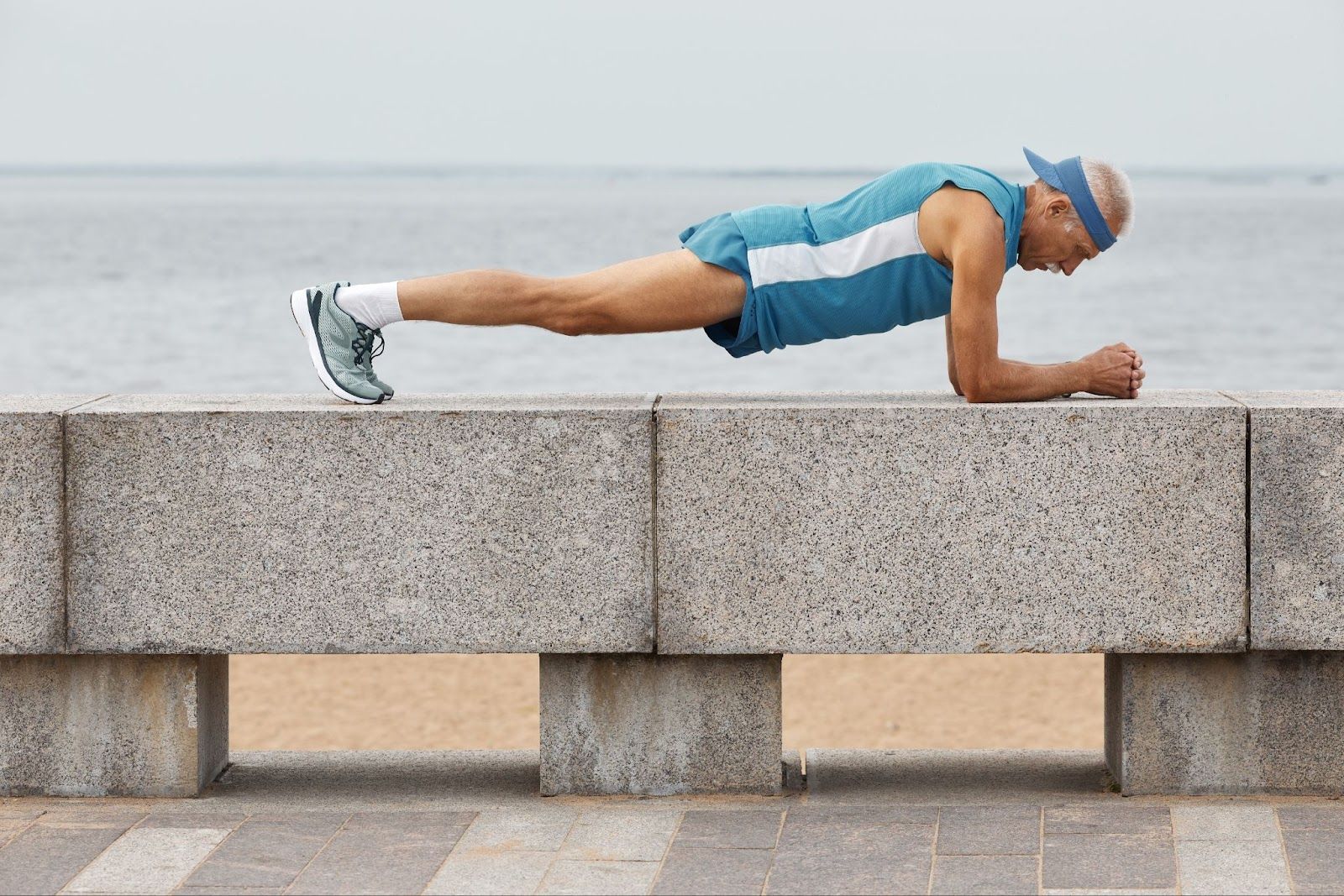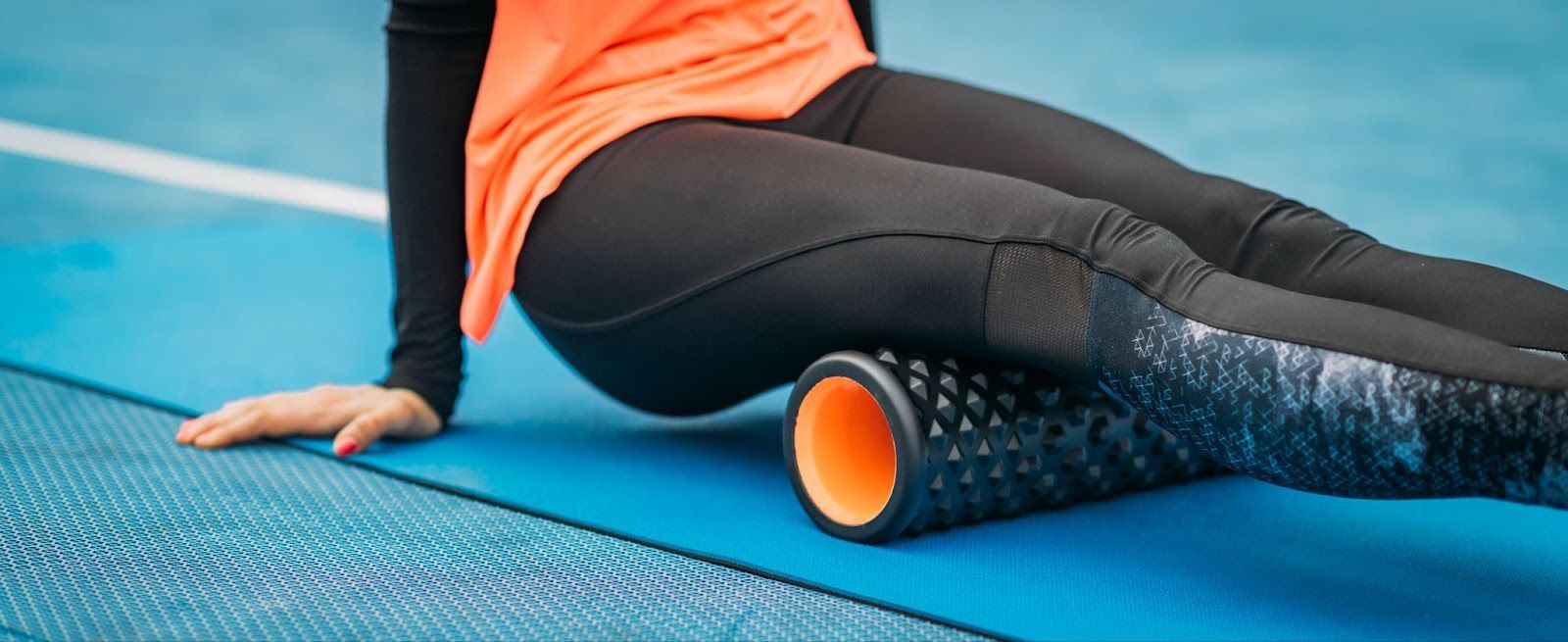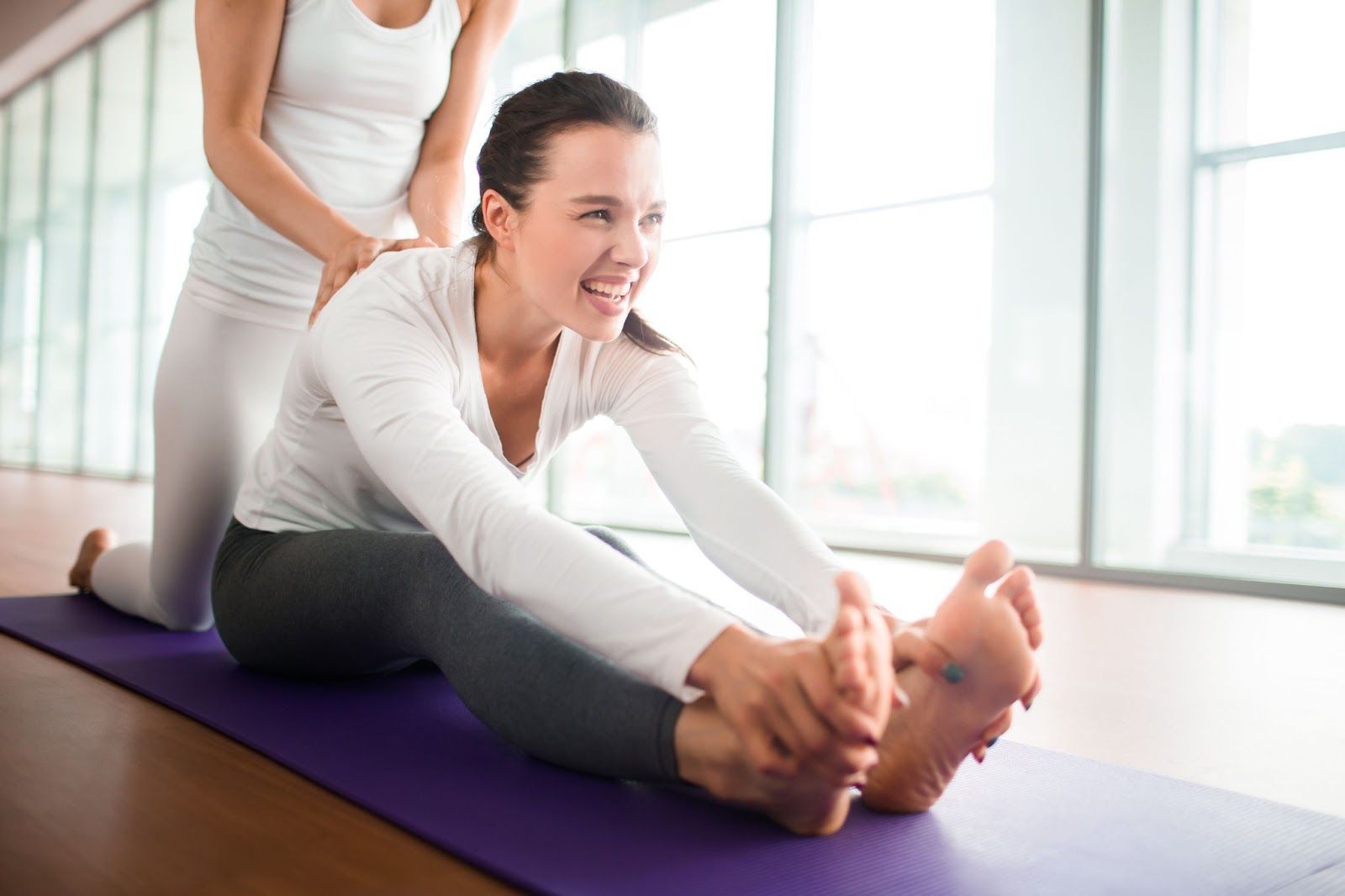Stretches for Runners: Targeted Exercises to Improve Performance and Prevent Injuries
Running, one of the most popular forms of cardiovascular exercise offers numerous health benefits but also comes with a risk of injuries. A targeted stretch routine can significantly enhance a runner's performance by improving flexibility, increasing range of motion, and reducing injury risk. These tailored stretches effectively focus on key muscle groups utilized during running.
The Importance of Flexibility and Stretching
Flexibility and stretching are essential for optimal running performance and injury prevention. Enabling joints and muscles to move through their full range of motion enhances movement efficiency and reduces the risk of injuries like strains and sprains. Below are the key benefits of integrating stretching into a runner's routine:
Enhanced Performance
Increased flexibility allows for greater stride length and faster recovery from high-intensity workouts, which improves speed and endurance. Additionally, better flexibility facilitates more efficient energy use, allowing runners to maintain a quicker pace without additional effort.
Reduced Risk of Injury
Flexible muscles are less likely to become injured from quick, explosive movements, which are often a part of running. Stretching helps prevent conditions like runner's knee, shin splints, and Achilles tendonitis by ensuring that muscles and tendons are not overly tight. Consistent stretching also helps minimize the load on joints, reducing the risk of stress injuries.
Improved Posture and Balance
Stretching the core and lower body muscles can improve posture by aligning the spine and reducing muscle imbalances. This improvement in posture helps maintain balance, especially on uneven surfaces. A robust and balanced posture aids in optimizing power output and efficiency during each running stride.
Decreased Muscle Soreness
Regular stretching can ease muscle tension and reduce delayed-onset muscle soreness (DOMS) following a long run or hard workout. This helps in quicker recovery and ensures that runners can continue training without interruption or discomfort.
Increased Blood Flow
Stretching increases blood circulation, providing a better nutrient supply to muscles. That aids in recovery and reduces muscle soreness. Enhanced circulation also helps flush out toxins and metabolic waste from the muscles, further promoting muscle health and endurance.
Integrating stretching exercises into a running regimen gives a more efficient and enjoyable running experience. Whether part of a warm-up or cool-down, stretching is essential for runners' overall fitness and well-being.
Targeted Stretching Exercises for Runners to Boost Performance and Reduce Injury Risk
Running is a fantastic way to stay fit, but it can also put stress on your body. To counteract this, incorporating targeted stretching exercises into your routine is crucial.
Dynamic Stretches to Warm Up
Dynamic stretches involve movement and are ideal for warming the body before a run. They help increase blood flow to the muscles, enhancing performance and decreasing the likelihood of injuries.
Leg Swings
Leg swings warm up the hip flexors, glutes, and hamstrings. Stand sideways near a wall for balance and swing one leg forward and backward. Perform 10-15 swings on each leg, gradually increasing the range of motion.
Walking Lunges
Walking lunges activate the quads, glutes, and hamstrings while stretching the hip flexors. Step forward into a lunge, keeping your back straight and your front knee above the ankle. Push through your front foot to step forward, alternating legs for 10-15 reps per side.

Static Stretches to Cool Down
After running, static stretches can help relax muscles, improve flexibility, and decrease post-run tightness. These stretches should be held for 15-30 seconds to allow the muscles to relax and lengthen, aiding in recovery and alleviating potential next-day soreness.
Hamstring Stretch
To stretch the hamstrings, sit on the ground with one leg extended. Reach toward the toes of the extended leg while keeping your back straight. This stretch targets the back of your thighs, which is crucial for runners as it alleviates tension in the lower back and improves leg movement. Hold and then switch legs to ensure balanced flexibility.
Calf Stretch
Find a wall and place your hands on it. Step one leg back, keeping it straight and pressing the heel into the ground. Bend the front knee slightly. This position helps relieve tightness in the calf muscles, prone to overuse injuries like Achilles tendonitis. Hold the stretch, then switch legs to maintain even muscle tone.
Core Stretches for Stability and Posture
Strengthening the core is essential for runners. It stabilizes the spine and pelvis during running, leading to better form and a reduced risk of injury. A strong core also enhances balance and running efficiency.
Plank
A plank is excellent for engaging the entire core. Lie face down, then lift your body on your elbows and toes, keeping a straight line from head to heels. This exercise strengthens the abdominal muscles, back, and shoulders, contributing to overall core stability. Hold for 20-30 seconds.
Supine Spinal Twist
Lie on your back, arms extended to the sides, and knees bent. Gently lower your knees to one side while turning your head in the opposite direction. This stretch eases tension in the spine and improves lumbar flexibility, which is vital for maintaining a fluid running form. Hold, then switch sides to promote symmetrical spinal mobility.
Stretching Best Practices for Runners
To maximize the benefits of stretching, runners should follow several best practices. Firstly, it's essential to warm up with dynamic stretches before embarking on a run. These stretches prepare the muscles for physical activity, reducing the risk of injury. After running, it's just as crucial to cool down with static stretches. It helps aid recovery and prevents muscle stiffness, ensuring muscles can relax and lengthen after the exercise.
Consistency is vital. Maintaining a regular stretching routine is necessary to improve flexibility and performance continuously. While stretching should push the body's limits, it should never cause pain. Feeling discomfort is normal, but experiencing pain is a sign that the stretch is too intense and could lead to injury.
Advanced Stretching Techniques
For those looking to enhance their stretching routine, incorporating tools like foam rollers or resistance bands can further enhance muscle engagement and increase flexibility. These tools aid in targeting specific muscle areas more precisely and effectively than traditional stretching, allowing for a more tailored approach to flexibility training.
Foam Rolling
Foam rolling before stretching can release muscle tightness and trigger points, making it an excellent preparatory activity that enhances the effectiveness of subsequent stretches. Focus on rolling out major muscle groups like calves, quads, and glutes for 30 seconds each. This technique helps alleviate muscle tightness and improves blood circulation to the muscles, reducing recovery time and enhancing overall mobility.
Resistance Band Stretches
Using a resistance band can help deepen stretches, providing a controlled, gradual increase in muscle stretch that is hard to achieve through static stretching alone. For example, lying on your back, loop a band around your foot to gently pull the leg towards you, deepening the hamstring stretch. This method allows for adjusting tension and targeting muscles more precisely, significantly aiding in developing flexibility and strength in the targeted areas.

Stretching Routine for Enhanced Running Performance
To optimize performance and reduce the risk of injury, runners must incorporate a disciplined stretching routine before and after their runs. Before running, spending 5-10 minutes on dynamic stretches is recommended. This type of stretching involves active movements that warm up the muscles, preparing them for vigorous activity.
After completing a run, dedicating at least 10 minutes to static stretching is crucial. These stretches help the muscles recover and cool down, effectively preventing tightness and stiffness. This post-run practice is vital in aiding muscle recovery and ensuring sustained flexibility, which can contribute significantly to a runner's overall health and performance in the long term.
Additional Considerations for Your Stretching Routine
Stretching not only aids in physical recovery and preparation but also offers a mental respite. It helps runners to focus, meditate on their performance, and set intentions for their training or upcoming races. This mental clarity and focus can significantly enhance overall performance, making stretching a holistic approach to running training.
Variety in Stretching Exercises
Incorporating variety in your stretching exercises can prevent the routine from becoming monotonous. You must also target different muscle groups or address different flexibilities. Yoga poses such as the downward dog or warrior sequences can enhance strength and flexibility. They are refreshing alternatives from traditional static and dynamic stretches.
Timing and Technique
Understanding the timing and technique of stretching can further optimize its effectiveness. Light stretching exercises during rest days can maintain muscle elasticity without straining muscles that are recovering from intense workouts. Each stretch should be performed with attention to form and breathing, ensuring that the stretch targets the intended areas without causing discomfort or pain. These nuanced approaches improve the physical aspects of running and contribute to a more enjoyable and sustainable running practice.
Enhancing Running Efficiency Through Stretching
A comprehensive stretching regimen is vital for runners who aim to enhance their performance and minimize the risk of injuries. Regularly practicing the stretches outlined can help athletes maintain a healthy range of motion, support muscle recovery, and improve overall running efficiency. Consistency is crucial for seeing the benefits of any fitness routine, and stretching is no exception. Integrating these stretching sessions as a core part of your training regimen is important to ensure ongoing flexibility and strength in your running journey.
For more expert tips and detailed guides on stretching for runners, visit our
StretchX's blog today! Dive deeper into how you can elevate your performance and stay injury-free.




